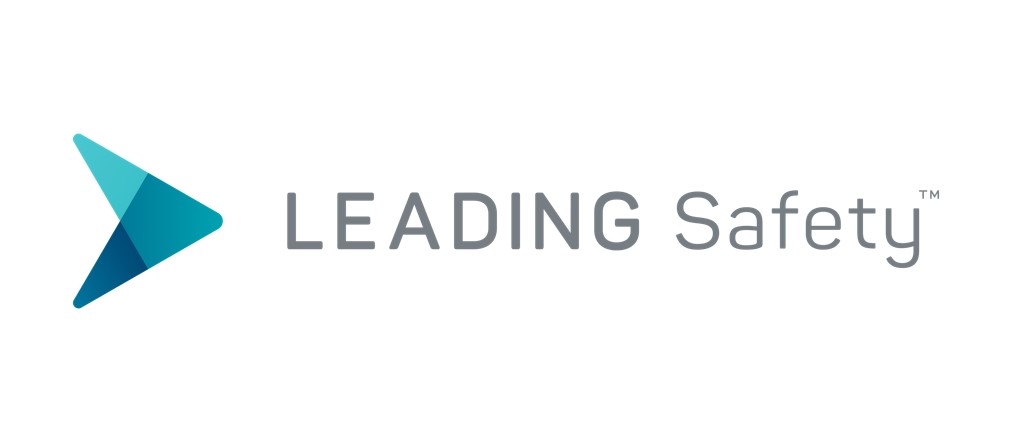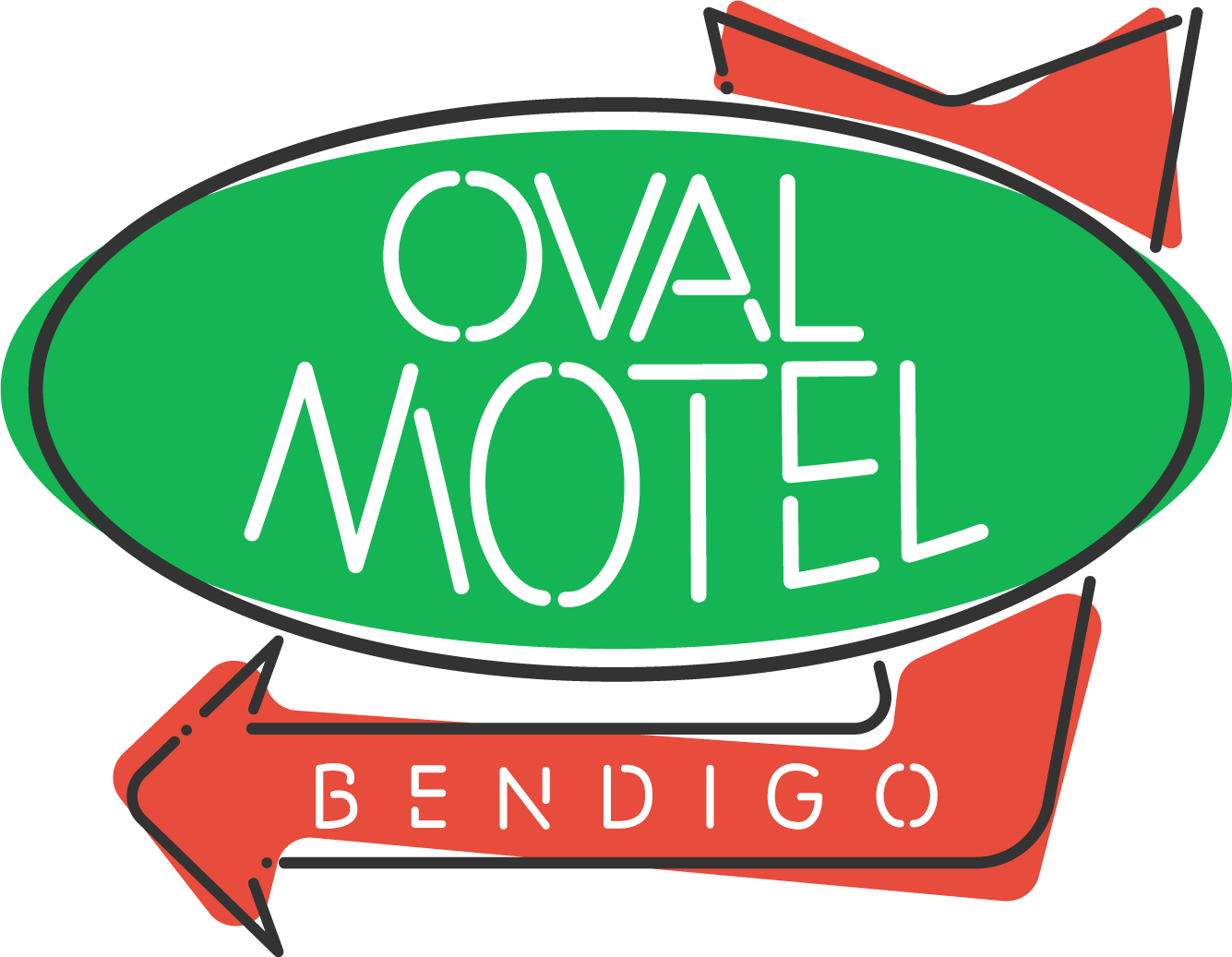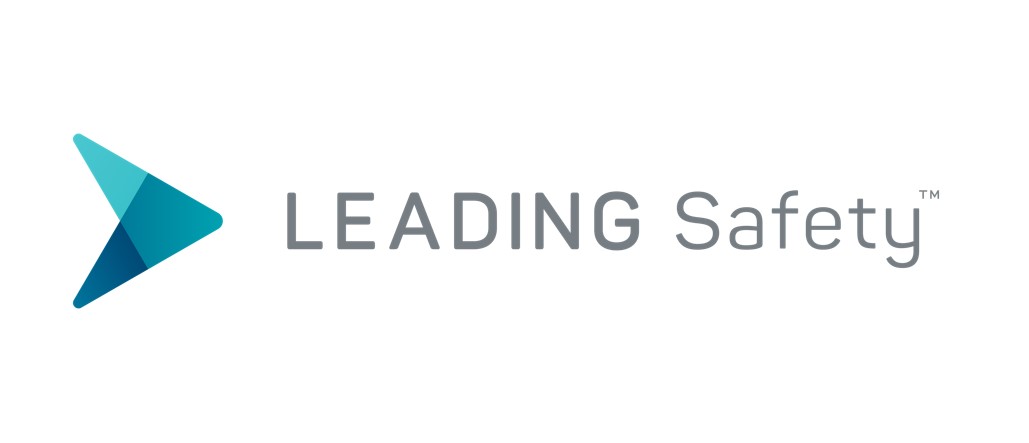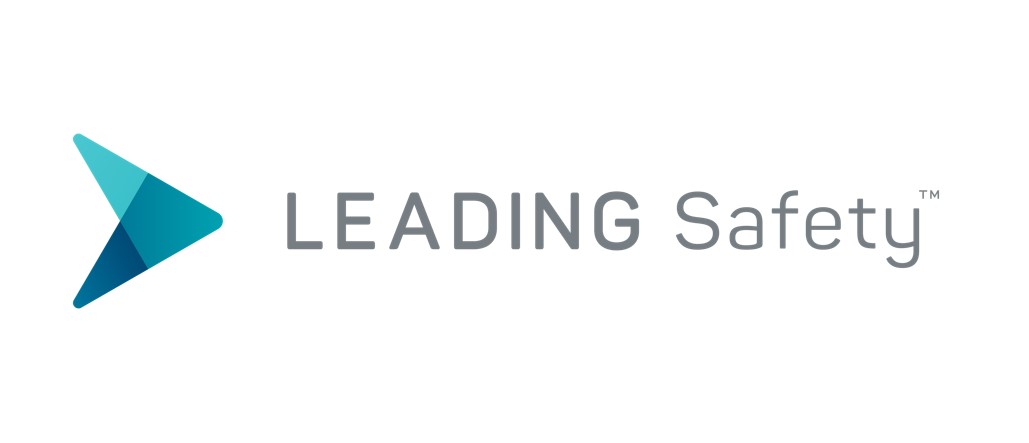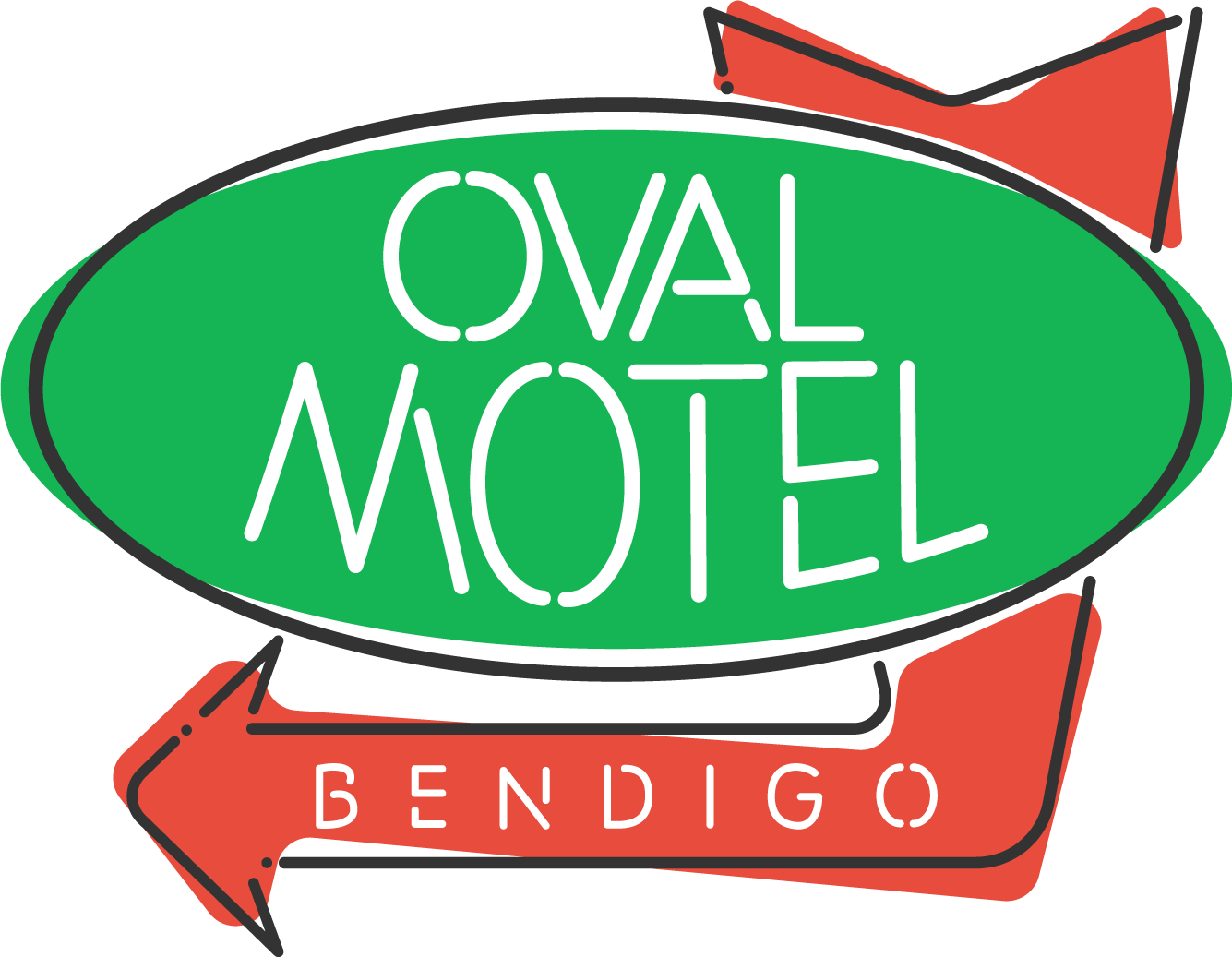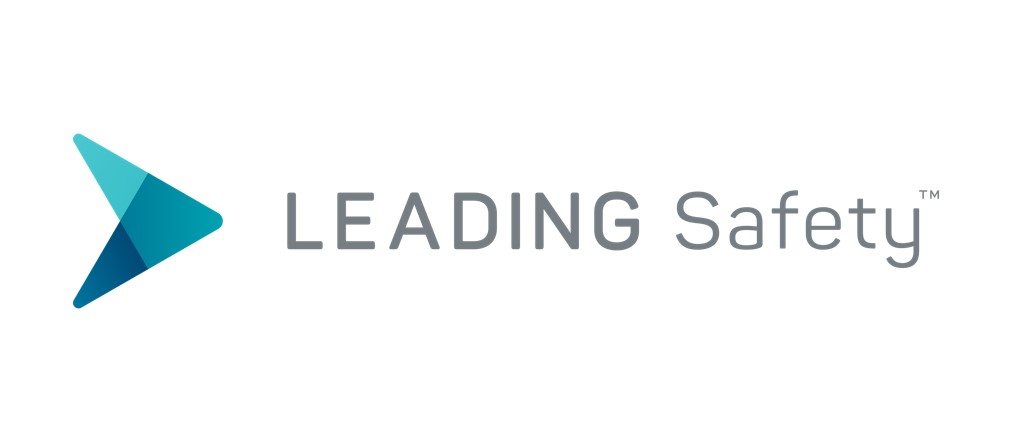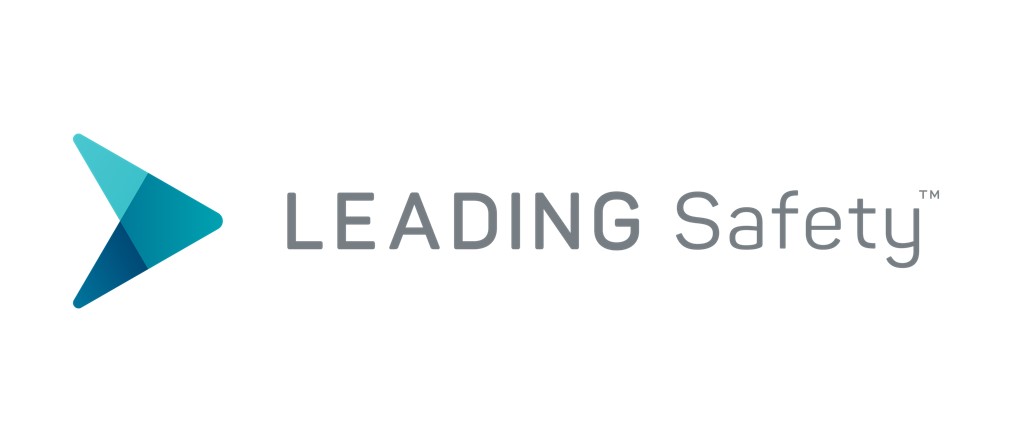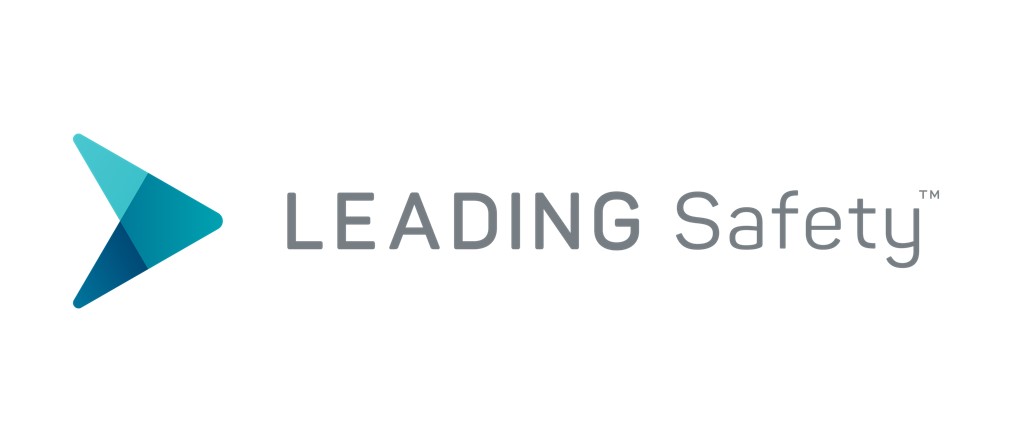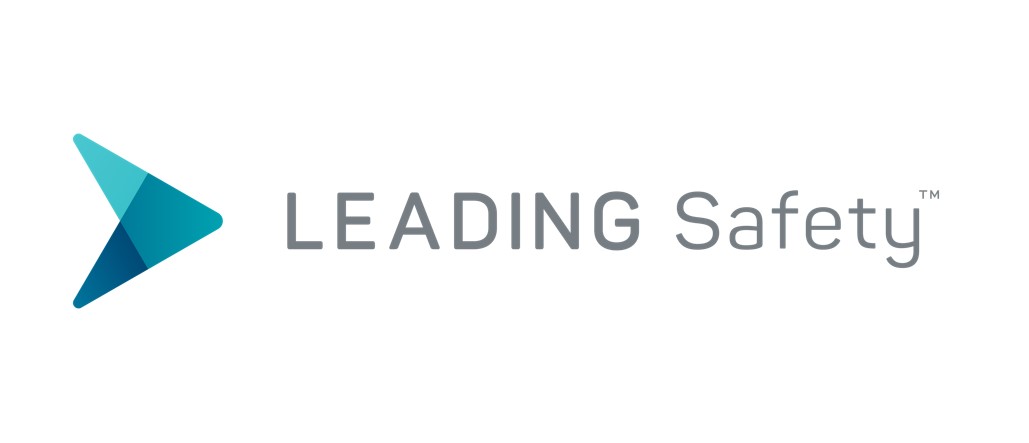Title Page
Target - Site Hazard Inspection Checklist
-
Date of completion
-
Manager completing SHIC
-
What device am I using to complete inspection
-
Type of device
Instructions
-
Completing this checklist will assist in making your site a safe place to work by identifying hazards, developing actions to address them and ensuring that hazards are controlled. While this is a quarterly activity Team Members are to be encouraged to report any hazard to their Line Manager immediately.
What is a SHIC?
-
This is a comprehensive checklist that helps to identify and fix hazards at your site.
The content has been developed for Target and may be varied from time to time to reflect changes in the Target risk profile, business needs or from feedback from Evaluations, Self Insurance Audits, Legislative changes and Incident trends.
Who completes a SHIC?
-
The SafetyCARE Procedures require a manager / safety leadership team member to conduct the SHIC and must have completed Leading Safety at Target Online Training. Any untrained Team Member may assist in the consultation process.
Remember to consult with Team Members who work in the areas being inspected, as they are often aware of hazards that exist in their work area.
This exercise is one method to better identify and fix hazards in addition to Safety Leadership Team meetings, incidents investigations, hazards reports, See It Call It Coach It observations and general observations.
When do you complete a SHIC?
-
The SHIC is to be completed as outlined within the Site Operational Plan and tabled at your Safety Leadership Team Meeting.
How do you complete a SHIC?
-
Before starting, you should review the most recent Site Operational Plan for outstanding items.
Walk through the workplace looking at each section and consult with Team Members in each area. This should include the selling area, preparation areas and other back of house areas including car parks and surrounds where applicable.
This information will help focus attention on areas that still need improvement. For example, if outstanding electrical hazards were previously identified, then greater attention should be given to the electrical section during completion of the SHIC.
Where the checklist requires you to question Team Members, write down the names of those you spoke to.
After reviewing an item in the checklist, place the relevant letter in the 'priority' column, using the following categories. These categories are not Risk Assessment Scores but have been selected to indicate priority for controlling the hazard:
S Satisfactory - Complies with the requirements.
H High - Priority - Immediate action required
M Medium - Priority - Action plan required. Highest level of control to be completed within 1 month
L Low - Priority - Monitor and/or control the hazard within 2 months.
NA Not Applicable
What to do if a Hazard cannot be controlled immediately?
-
Complete any interim actions to make area safe. (i.e. if there is an electrical hazard an ‘out of service’ tag should be put on it, or if a fire door is blocked by stock have the stock moved immediately).
For high risk concerns inform the Store Manager or their delegate to arrange for appropriate actions to be put in place.
Most hazards can be one of the following:
1 - Controlled by yourself and signed off.
2 - Controlled & Communicated to Team members.
3 - Becomes a Team control documented onto the Site Operational Plan.
4 - Becomes a Repairs & Maintenance request.
You may also need to review controls detailed within the applicable risk assessment (i.e. under Risk Focus on the SOP)
Where a risk assessment is not available, contact your P&C Business Partner for advice.
All action items should be discussed with your Site Safety Leadership Team Member/Team and actions / risk controls that cannot be implemented immediately must be recorded in the Site Operational Plan. Any maintenance related issues should be recorded via the approved maintenance process.
SHIC Actions / Note / Photos
-
Use the Actions icon to:
Generate an iauditor action to control the hazard
Close out the action under the Actions tab in iauditor
Use the Note icon to:
Describe any further relevant details about the hazard
Use the Photos icon to: Capture an relevant photos about the hazard
Filing
-
Email a copy to your site email and attach the completed checklist in the Site Operational Plan under the ‘Site Hazard Inspection Checklist' action when scheduled.
Each site can complete a SHIC at any stage and upload the checklist to the 'Site Specific Actions' tab.
Electrical and General Equipment
ELECTRICAL AND GENERAL EQUIPMENT
-
Date Completed:
-
Completed by:
-
Consulted with:
Electrical
-
Power cords in good condition and not damaged. Where applicable cords to be bundled together to prevent damage
-
Power Cords are not stretched and are of a suitable length
-
Electrical equipment used on site has been tested with current tag attached
-
Cords are not crossing walkways, lying across bench-tops, not twisted or at risk of being splashed or immersed in liquid or being caught in other equipment
-
All switches on electrical equipment are in good condition (not cracked, damaged, dirty, condensation present or at risk of being splashed by liquids
-
Power points and light switches are in good condition Check for cracks, melted plastic, excessive dirt, burn marks or other damage)
-
Double adapters not being used
-
Check for use of untagged electrical equipment, not approved for use (i.e. stock off shelves, items brought from home e.g. radios, heaters, etc)
-
Faulty or out of service equipment NOT being used
-
Contractors (including contract cleaners) electrical equipment is tested and tagged with current tags attached
Lighting
-
Check lights are functioning and not flickering
-
Car parking lights are functioning and not flickering (Sites only that have responsibility for car parks)
Switchboards
-
Switchboards in public areas key locked with key removed
-
All other switchboards closed, but not locked
-
Correctly labelled warning signs displayed on door of switchboard
-
No stock, waste or other material blocking access. Minimum 600mm clearance unless area is already hatched out
General equipment
-
All Team Members observed are wearing fully enclosed shoes
-
Is there enough equipment or mechanical aids available to perform manual handling tasks safely
-
Are kneeling pads available for team members, are in good condition and being used
-
Are stock handling gloves available for team members, are in good condition and being used at all times when using knives and handling sharp objects
-
Safety steps are available, and those currently in your department are in good condition and correctly used
Selling Floor Ladders
-
Selling floor ladder/s are in good condition and are removed from selling floor after use and returned to designated storage area
Trolleys and Cages
-
Check there are Silver Cages, trolleys, pallet jacks, mobile lift aide, heavy duty trolleys and other lifting devices available for team member use
-
Check the wheels are in good working order, they glide and turn freely and the brakes are functioning where fitted
Platform ladders
-
Platform ladders across the entire store are in good condition
-
Steps: Treads are in place; no broken welds, missing or damaged pop rivets or bolts, step not bent. Check bottom step is painted yellow
-
Stiles and legs: Straight and undamaged with rubber feet in position; wheels and brakes are working
-
Shelf straight and undamaged: no broken welds, missing or damaged pop rivets or bolts, shelf is straight and securely fastened to the ladder
-
Reserve Platform Ladders (for use in between Brownbuilt ) has a sticker stating "use in narrow reserve aisle only"
Checkouts
-
Checkout or POS areas have anti-fatigue mats in good working order. Check mats are in good condition and provide cushioning. (Applies to vinyl or concrete floors only)
Safety Knife
-
Are all Team Members using approved carton cutters (i.e. retractable cutter)
-
Carton cutters safely stored and not accessible to the public when not in use
Conveyors: Electrical and Manual
-
Are all wiring covers and guards on the conveyors in place
-
All emergency stop buttons and emergency stop cords (where fitted) are accessible
Compactor/Bale Press
-
Compactor/Bale Press in good working condition, with controls and instructions clearly marked
-
Bar across the compactor chute are in place and not damaged (i.e. bent apart)
-
Function Buttons are not broken or without protective cover
-
Emergency stop is working (a test is to be performed by an appropriately trained Team Member)
-
Controls, warning signs and labels are clearly marked
-
SWP displayed on or near the Compactor/Bale Press
Escalators
-
A clearway of two metres maintained around escalators
-
Escalator daily operational checklist is being completed (check last two weeks)
Passenger / goods lifts
-
Passenger lifts only - Emergency phone is operational
-
Passenger lifts only - Lift stops at each level and door movement sensors are working to prevent closure on people
-
Lift stops level with floor to prevent trip hazard
Housekeeping and Emergency Preparedness
HOUSEKEEPING AND EMERGENCY PREPAREDNESS
-
Date Completed:
-
Completed by:
-
Consulted with:
Housekeeping and Work Environment
Flooring / Ground
-
Flooring / Ground in good condition and free of slips and trip hazards, potholes, lifted carpet, broken tiles and mats
-
Slippery when wet signs in use for any spills
-
Aisles and walkways are free from obstruction (i.e. no cords, boxes, bags or other items in aisles or passageways that could be a hazard)
Fixtures and fittings
-
Fixtures and fittings are stable and have no sharp edges (check front ends and four ways)
-
Notice boards and wall hangings are securely fixed and in good order
-
Ends and gondolas have the correct brackets for the type of shelving. Peg boards have correct stock pegs and do not protrude beyond the base of the fixture
Stairs and landings
-
No obstacles on the stairs and landings
-
Non-slip treads are in place and in good condition
-
Sturdy hand railing in good condition and securely attached to wall
-
No combustible material (i.e. waste paper and pallets) under the stairs or scissor lift
Doors
-
Doors open and close, are secured and are not obstructed by boxes, bags or other items
-
Staff entry doors are well-lit and free of hazards and do not open directly onto vehicle thoroughfares
-
Stockroom / Loading dock plastic doors do not have sharp edges, are clear, and provide visibility from both sides. Doors have "Authorised Personnel Only" or similar signs on them
Pallet racking
-
Check racking for visual damage (i.e. bent uprights and cross beams)
-
Locking pins or Bolts are in place
-
Safe Working Load signs and Operation and Maintenance of Racking signs are located in conspicuous locations on the pallet racking
-
Pallet racking is bolted to the floor / wall
Plant room/s
-
Plant rooms with doors locked at all times
-
Equipment, stock, chemicals and fixtures are not stored in Plant Room
Emergency Preparedness
Emergency information
-
Emergency information displayed includes the assembly area location and position / names of wardens / First Aid Attendants, emergency numbers near telephones
Sprinkler Heads
-
Maintain at least 500mm below each fire sprinkler on the Sales floor and in Reception.<br>In the reserves, a minimum clearance of 1000mm must be maintained below each sprinkler unless otherwise indicated by "Do not stack above this line" signage
Fire extinguishers, hose reels, hydrants and fire blankets
-
Fire extinguishers, hose reels, hydrants and fire blankets have signage indicating their location and they are present where indicated by signage
-
Yellow metal tag is attached and appliance has been tested within the last 6 months (check date punched on tag). Document last test date in comments
-
Pressure gauge (water, dry chemical and foam type) pointing in the green. Safety pin is sealed with a plastic tie
-
No other items are stored in fire equipment cupboards
-
Surrounding area is clear and unobstructed - minimum 1 metre clearance
-
Emergency Exit signage point to a correct exit point and operational
-
Check that Exit Signage is clearly visible around the store and not obstructed by stock or point of sale
Emergency torches
-
Torches used for emergency lighting are available, are easily accessible and are operational (operate for 5 seconds)
Manual Handling
MANUAL HANDLING
-
Date Completed:
-
Completed by:
-
Consulted with:
Manual Handling
Stock on floor
-
Front Ends and Bulk Stacks are stable and securely stacked with no potential to fall
-
Stock in Aisles is stable and securely stacked with no potential to fall
Stock stacking / labeling standards
-
Stock on canopy shelves is kept to a maximum height of 50cm, less than 7 kilograms and not double stacked
-
Heavy and frequently used/accessed items should be stored between knee and shoulder height wherever possible (applicable to Lay-by also)
-
Heavy and bulky items are labelled with weight stickers
Pallets
-
Empty pallets stored flat and not stacked more than eight pallets high
Ergonomics
Office equipment
-
Office chairs and stable adjustable and have firm backrest
-
Computer screens are in good condition and correctly positioned
Office environment
-
Files, documents and records stored safely and securely so that they cannot fall and can be accessed without over-reaching (i.e. Archive Documents)
-
Filing cabinet drawers and cupboard doors are closed when not in use
Cash safe
-
Cash safe is in good condition and able to be opened freely and safely
-
Cash drawer/s within safe is/are in good condition
Back of House and Traffic Management
BACK OF HOUSE AND TRAFFIC MANAGEMENT
-
Date Completed:
-
Completed by:
-
Consulted with:
Reserves
-
Stock/Cages not placed over Yellow Marked Lines
-
Brownbuilt Weight Load signage is visible (Must be located in clearly visible positions within Brownbuilt reserves)
-
Is there signage: "No Stock Above this Line"? Is all stock under this line?
Traffic Management
-
Site specific traffic management plan is in place, displayed and controls are being implemented
-
Road markings, bollards and external dock signs are in good condition, visible, and not obstructed
-
Receiving area / loading dock has signage indicating "no unauthorised persons past this point"
-
Designated Customer Parcel Pick Up signage is in place in receiving area / loading dock
Mobile Plant and Equipment including Battery Charging
Pre-operational checks
-
Daily per-operational safety checks completed for forklifts, walkie stackers and electric pallets. (Look at past 7 days per-operational log book for mobile equipment and enter date last competed in comments below)
Forklift/s
-
Drivers hold a current licence from the relevant State Authority (View Licences)
-
Forklifts are not operated when there are pedestrians in the area
-
Forklift fitted with seatbelt. Seatbelt is used by operators at all times
-
Keys are not left in equipment and are maintained in secure location
Walkie stackers and Electric Pallet Jacks
-
Walkie Stackers and Electric Jacks are operated at walking pace
-
Walkie Stacker data plate details are clear and visible
-
Check that the listing of authorised Walkie Stacker and Electric Pallet Jack operators is displayed on the equipment
-
Confirm who the Motorised Plant Workplace coach is. Ask Store Manager to view Certificate of Competency
-
Keys are not left in equipment when unattended or not in use
Battery charging
-
Battery charging area is located in a designated and well-ventilated area
-
Leads and plugs are not damaged, casing is in good condition and filter caps are not damaged
-
Battery kit available. Acid-resistant gloves, eye protection and full length apron are available and in good condition. Chemical spill kits are readily available
Hazardous Chemicals
Cleaner chemical storage
-
Chemicals being used by Cleaners have current MSDS' located in Cleaners Room (Note: MSDS must not be older than 5 years)
-
Containers used for decanting have supplier labels. Hand written descriptions are not acceptable
-
Chemicals meet Cleaners Chemical Register or Cleaning Contract Lists, and are stored correctly (i.e. upright to prevent spills or leaks) and lids are firmly closed
Approved chemicals
-
Chemicals being used are listed in the site's Approved Chemical Register
Gas cylinder storage (including cleaner cylinders)
-
Gas cylinders stored safely (clearly labelled, in good condition, within a 10 year test period, stored upright (chained / caged), in well ventilated area and not stored with combustible material / near heat source / near electrical equipment
Chemical spill kit
-
Chemical spill kit available and stocked with following equipment - Absorbent material, chemical resistant goggles, dust pan and brush, disposable respirator mask, floor safety sign, heavy duty disposable bags, mop, overboots (shoe protectors), PVC apron, PVC elbow length gloves, yard broom, shovel / scoop
Store tool kit
-
Store spill kit available and stocked with following equipment - Tool box, mallet, screwdriver standard, screwdriver phillips head, spanner 14mm, hex key set metric, ratchet handle, socket, diagonal cutter
Team Member Questionnaire
TEAM MEMBER QUESTIONNAIRE
-
Date Completed:
-
Completed by:
-
Interviewer is to ask 2 Team Members to respond to each of the following questions.
Slide the bar in accordance with their answers:
4 = Over and Above Knowledge
3 = Good Knowledge
2 = Basic Knowledge
1= No Knowledge
Interviewer is to provide coaching if Team Member scores Basic or No Knowledge when asked the question
Electrical Safety
-
Can team member name and explain 2 key points of electrical safety
-
Team Member 1:
-
1 (No Knowledge) | 2 (Basic Knowledge) | 3 (Good Knowledge) | 4 (Over and Above Knowledge)
-
Team Member 2:
-
1 (No Knowledge) | 2 (Basic Knowledge) | 3 (Good Knowledge) | 4 (Over and Above Knowledge)
-
Answer (any 2 of following):
- Assess electrical items before using
- Look for damage to equipment
- Electrical items are tagged to check if safe
- Tag out of service unsafe equipment
- Isolate by turning power off (before pulling plug out)
- Only use authorised equipment
Hazard Management
-
What would you do if you saw a spill on the floor?
-
Team Member 1:
-
1 (No Knowledge) | 2 (Basic Knowledge) | 3 (Good Knowledge) | 4 (Over and Above Knowledge)
-
Team Member 2:
-
1 (No Knowledge) | 2 (Basic Knowledge) | 3 (Good Knowledge) | 4 (Over and Above Knowledge)
-
Answer: ask someone to stand by the spill while I get a "Slippery When Wet" sign, then organise for the spill to be cleaned
Chemical Management
-
Team Members know where to access MSDSs and how to obtain information on cleaning chemical spills
-
Team Member 1:
-
1 (No Knowledge) | 2 (Basic Knowledge) | 3 (Good Knowledge) | 4 (Over and Above Knowledge)
-
Team Member 2:
-
1 (No Knowledge) | 2 (Basic Knowledge) | 3 (Good Knowledge) | 4 (Over and Above Knowledge)
-
Answer: Target Approved Chemical Register
Answer: Contact 000 in an emergency and ask for Fire Brigade or refer to Target Approved Chemical Register for minor spills)
Manual Handling
-
Team Members are demonstrating safe manual handling techniques
-
Team Member 1:
-
1 (No Knowledge) | 2 (Basic Knowledge) | 3 (Good Knowledge) | 4 (Over and Above Knowledge)
-
Team Member 2:
-
1 (No Knowledge) | 2 (Basic Knowledge) | 3 (Good Knowledge) | 4 (Over and Above Knowledge)
-
Answer: Observe 3 Team Members performing manual handling activities
(Refer to Moving Safely Training module for techniques on bending, lifting, reaching, repetitive tasks and push/pull)
Emergency Preparedness
-
Where is the site emergency assembly location and what is the system in place to alert of an emergency
-
Team Member 1:
-
1 (No Knowledge) | 2 (Basic Knowledge) | 3 (Good Knowledge) | 4 (Over and Above Knowledge)
-
Team Member 2:
-
1 (No Knowledge) | 2 (Basic Knowledge) | 3 (Good Knowledge) | 4 (Over and Above Knowledge)
-
Answer: Team Members know where the store's assembly area is located and can explain what type of system you use to alert of an emergency
Contractor Management
-
Ask Team Members for their knowledge of:
- Site Orientation and Sign-In register
- Induction Card (Contractors must have this to begin work in Store)
- Work Method Statement (Safe Method of Working for all tasks to be performed) -
Team Member 1:
-
1 (No Knowledge) | 2 (Basic Knowledge) | 3 (Good Knowledge) | 4 (Over and Above Knowledge)
-
Team Member 2:
-
1 (No Knowledge) | 2 (Basic Knowledge) | 3 (Good Knowledge) | 4 (Over and Above Knowledge)
Traffic Management
-
Ask Team Members for their knowledge of:
- No walk-up deliveries
- One delivery at a time
- All drivers must wear high visibility top or safety vest
- All team members entering the Loading Bay Area must wear a high-visibility top or safety vest at all times
- Pedestrian walkways are marked in loading and receiving areas -
Team Member 1:
-
1 (No Knowledge) | 2 (Basic Knowledge) | 3 (Good Knowledge) | 4 (Over and Above Knowledge)
-
Team Member 2:
-
1 (No Knowledge) | 2 (Basic Knowledge) | 3 (Good Knowledge) | 4 (Over and Above Knowledge)
Site Specific
-
Enter any site specific question here
-
Team Member 1:
-
1 (No Knowledge) | 2 (Basic Knowledge) | 3 (Good Knowledge) | 4 (Over and Above Knowledge)
-
Team Member 2:
-
1 (No Knowledge) | 2 (Basic Knowledge) | 3 (Good Knowledge) | 4 (Over and Above Knowledge)
-
Enter the site specific answer here
Feedback
-
Rate your experience with this form and iAuditor today
-
Optional: Please enter feedback on your experience and add any ideas to help us improve
